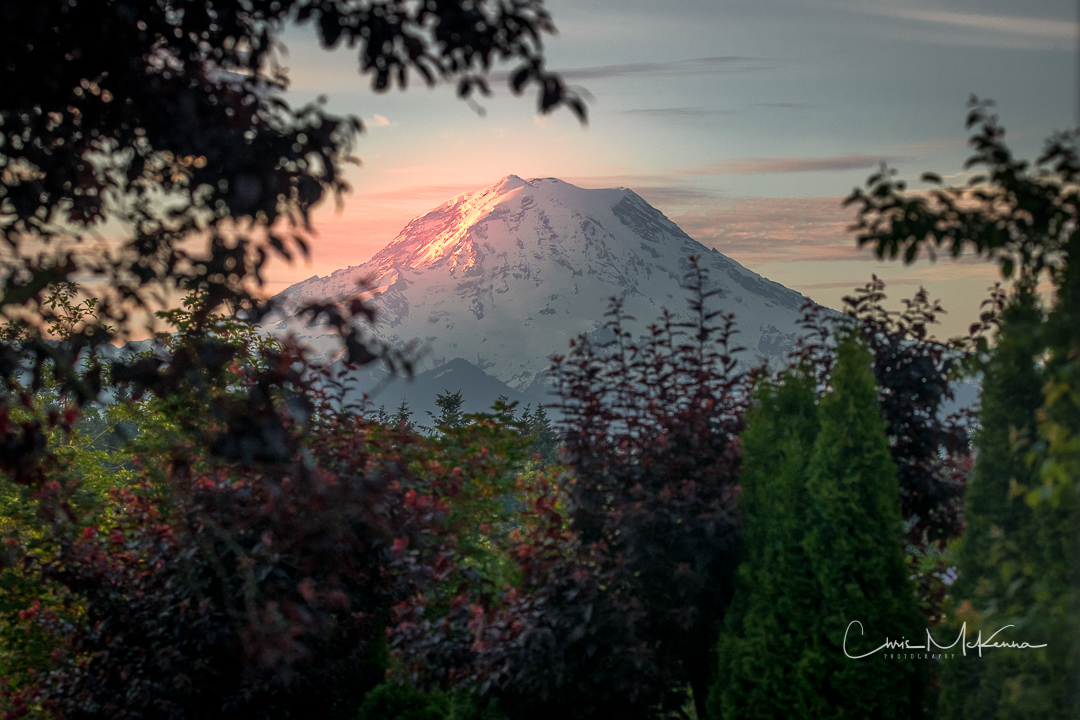
Hi Friends!!
Welcome to our latest photography blog post, where I sometimes delve into unraveling the secrets behind capturing stunning images. Today, I’m diving into the art of composition, focusing on one of the most powerful tools in your photography toolkit: framing. Whether you’re a beginner or a seasoned photographer, mastering framing techniques can significantly enhance the visual impact of your photographs. Let’s start to explore the world of composition and learn how to use framing to create captivating images.
What is Framing in Photography? Framing in photography involves using elements within the scene to create a visual frame around your subject. This frame can be a natural or man-made element like a window, door, archway, tree branches, or even the hands of a person. The purpose of framing is to draw the viewer’s attention to the subject and add depth and context to your photograph.
- Find Natural Frames: look for natural elements in your surroundings that can serve as frames. An open window, a tunnel, or an overhanging tree branch can all create a visually appealing frame around your subject. Natural frames not only add depth to your composition but also provide a sense of place and context.
- Experiment with Foreground Elements: placing objects in the foreground of your image can create an effective frame around your subject. For example, you can shoot through tall grass, flowers, or even a crowd of people to add layers and depth to your photograph. Experiment with different foreground elements to see how they impact the overall composition.
- Play with Symmetry: symmetry can be a powerful framing tool. Look for symmetrical elements like arches, doorways, or reflections in water that can create a balanced and visually pleasing frame around your subject. Symmetry adds a sense of harmony to your composition.
- Think About Scale and Proportion: consider the scale and proportion of the frame in relation to your subject. A small frame can create an intimate and cozy feeling, while a large frame can provide a sense of grandeur. Experiment with different frame sizes to see how they affect the mood of your photograph.
- Pay Attention to Light and Shadows: the interplay of light and shadows within your frame can add drama and depth to your composition. Position your subject in a way that takes advantage of the lighting conditions, and use shadows to enhance the frame’s visual impact.
I hope that you see that mastering the art of framing in photography opens up a world of creative possibilities. By incorporating natural frames, experimenting with foreground elements, playing with symmetry, considering scale and proportion, and leveraging light and shadows, you can transform ordinary scenes into visually captivating images. Remember, practice makes perfect, so don’t be afraid to experiment and refine your framing skills.
Happy shooting, and may your photographs tell compelling stories through the art of composition!
Chris
P.S. I am providing a link to some examples of photographic framing here. Also, don’t forget to check out our galleries and see for yourself where we have included framing.
